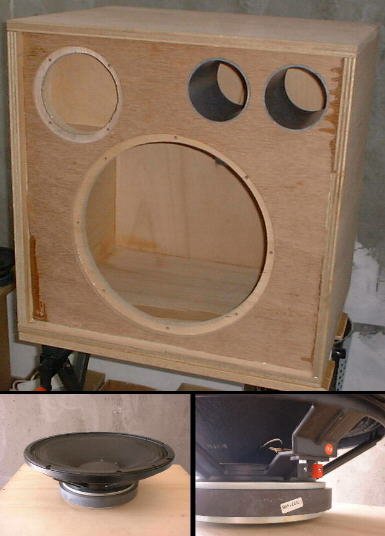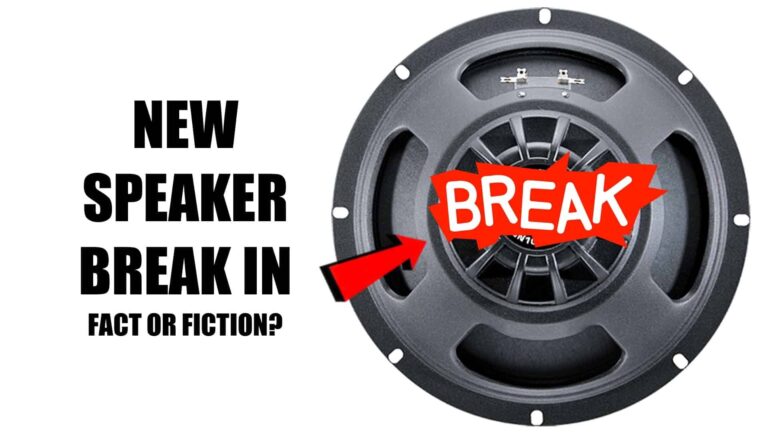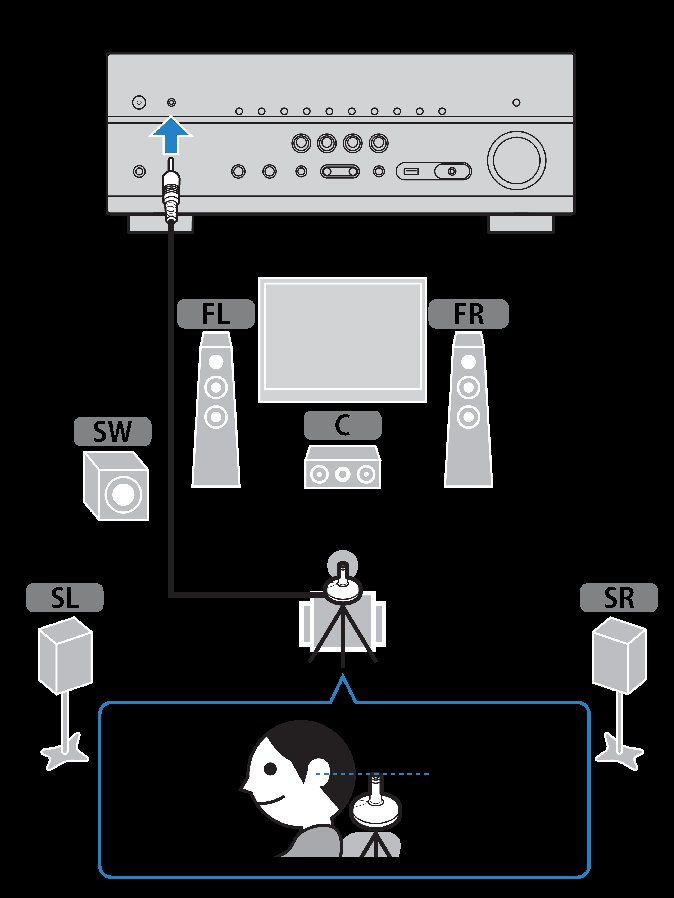Optimize Speaker Cabinet Performance: How Much Polyfill To Use
Looking to enhance the sound quality of your speaker cabinet? Wondering just how much polyfill you should use? Look no further! In this article, we’ll dive straight into the topic of “how much polyfill in speaker cabinet” and provide you with a practical solution. Whether you’re a DIY audio enthusiast or an aspiring musician, understanding the optimal amount of polyfill can make all the difference in achieving that perfect sound. So, let’s get started and find out how to maximize your speaker cabinet’s performance.
How much polyfill should be used in a speaker cabinet?
When it comes to speaker cabinets, the use of polyfill is a common practice to optimize the sound quality and improve the overall performance of the speakers. Polyfill, a synthetic material also known as polyester fiberfill, is often used to absorb and dampen sound waves inside the cabinet, reducing resonances and improving the speaker’s frequency response. But how much polyfill should you use in a speaker cabinet? In this article, we will explore this topic in detail and provide you with guidelines to help you determine the ideal amount of polyfill for your specific setup.
Understanding the role of polyfill in a speaker cabinet
Before delving into the quantity of polyfill to use in a speaker cabinet, it’s crucial to understand its purpose. Polyfill is commonly added to speaker cabinets to address two main issues:
1. Reducing standing waves: Standing waves occur when sound reflects back and forth between the walls of the speaker cabinet, causing unwanted peaks and dips in the frequency response. Polyfill acts as a sound absorber, reducing the formation of these standing waves and minimizing their impact on the sound reproduction.
2. Increasing effective volume: Polyfill can effectively increase the apparent volume of a speaker cabinet without increasing its physical size. By adding polyfill, the effective volume within the cabinet increases, leading to improved low-frequency response and better overall performance.
The impact of polyfill on speaker performance
Polyfill placement and quantity play a crucial role in shaping the sound characteristics of a speaker cabinet. Here are some key aspects to consider:
1. Absorption and damping:
Polyfill absorbs and dampens sound waves, preventing them from bouncing around the cabinet and causing unwanted resonances. The amount of polyfill used directly affects the level of absorption and damping. Too little polyfill may not adequately absorb sound waves, resulting in resonances and uneven frequency response. Conversely, too much polyfill can over-dampen the sound, leading to a loss of energy and potentially reducing overall speaker sensitivity.
2. Low-frequency response:
The addition of polyfill can improve the low-frequency response of a speaker by effectively increasing the apparent volume of the cabinet. The increased volume allows the speaker to reproduce lower frequencies with greater accuracy and depth. However, it’s important to strike a balance as excessive polyfill can lead to a muffled or boomy sound, overpowering the mid and high frequencies.
3. Cabinet size and design:
The size and design of the speaker cabinet also influence the amount of polyfill required. Larger cabinets generally require more polyfill to address standing waves effectively. Additionally, the internal structure of the cabinet, such as bracing, can impact how polyfill interacts with sound waves. It’s advisable to experiment with different amounts of polyfill to find the optimal configuration for your specific cabinet design.
Determining the ideal amount of polyfill
While there is no one-size-fits-all answer, there are some general guidelines to follow when determining the ideal amount of polyfill for your speaker cabinet. It’s important to note that these guidelines are not set in stone and experimentation is key to achieving the desired sound.
1. Fill density:
The fill density refers to the amount of polyfill used relative to the internal volume of the speaker cabinet. As a starting point, a fill density of around 0.5 – 0.75 pounds per cubic foot (8 – 12 kg/m³) is commonly recommended. However, different speaker designs and personal preferences may require adjustments to this range. It’s advisable to start with a moderate fill density and make adjustments based on your listening tests and the specific characteristics of your speakers.
2. Layering and distribution:
Rather than filling the entire cabinet with polyfill, it’s often recommended to distribute it in layers. This approach helps create a more even distribution of absorption and damping throughout the cabinet. Start by lining the sides and back of the cabinet with a layer of polyfill, leaving the front baffle and driver area relatively free of obstruction. Experiment adding additional layers if needed, making sure to avoid overstuffing the cabinet.
3. Personal preference and listening tests:
Ultimately, personal preference plays a vital role in determining the ideal amount of polyfill for your speaker cabinet. The best way to find the perfect balance is through listening tests. Start with the recommended guidelines and make small adjustments by adding or removing polyfill based on your listening experience. Trust your ears and fine-tune the quantity until you achieve the desired sound quality.
The use of polyfill in a speaker cabinet can significantly impact its sound performance. By reducing standing waves and increasing effective volume, polyfill helps optimize the speaker’s frequency response and low-frequency reproduction. When determining the ideal amount of polyfill for your speaker cabinet, it’s essential to consider factors such as absorption and damping, low-frequency response, cabinet size, and personal preference. Experimentation and listening tests are key to finding the optimal configuration that suits your specific setup. So go ahead, follow the guidelines, and unleash the true potential of your speakers with the right amount of polyfill!
Frequently Asked Questions
How much polyfill should I use in my speaker cabinet?
The amount of polyfill to use in a speaker cabinet depends on various factors, including the size of the cabinet and the desired sound characteristics. Here are some frequently asked questions on this topic:
How do I determine the ideal amount of polyfill for my speaker cabinet?
To determine the ideal amount of polyfill, you can start by consulting the manufacturer’s specifications for your speaker. Additionally, you can experiment with different amounts of polyfill to find the one that enhances the sound quality and achieves the desired balance.
What role does polyfill play in a speaker cabinet?
Polyfill, also known as acoustic stuffing, serves multiple purposes in a speaker cabinet. It helps absorb internal sound reflections, reduces standing waves, and dampens resonances. By minimizing these acoustic issues, polyfill enhances the overall sound quality and improves the speaker’s performance.
Is there a general rule of thumb for how much polyfill to use?
While there is no one-size-fits-all approach, a common rule of thumb is to fill approximately 25-50% of the internal volume of the speaker cabinet with polyfill. However, this can vary depending on the specific design and requirements of the speaker.
What happens if I use too much polyfill in my speaker cabinet?
If you use too much polyfill, it can lead to excessive damping and affect the speaker’s sound characteristics. The audio may sound muffled or lack clarity, as the excessive damping can absorb too much of the sound energy. It is recommended to strike a balance by experimenting with different amounts to achieve the desired sound quality.
Can I remove or add more polyfill later if I’m not satisfied with the sound?
Yes, you can remove or add more polyfill later to adjust the sound characteristics of your speaker cabinet. It is a good idea to keep track of the changes you make and compare the sound output at different stages to find the optimal configuration for your specific preferences.
Final Thoughts
In conclusion, determining the amount of polyfill to use in a speaker cabinet is essential for achieving optimal sound quality. By properly filling the cabinet, you can enhance the speaker’s performance and control resonances. While there is no specific guideline for the exact amount, experts recommend starting with a moderate amount and adjusting as needed, based on personal preference and the specific speaker design. Experimenting with different quantities of polyfill can help fine-tune the sound characteristics, offering the opportunity to achieve the desired balance and clarity. So, when it comes to how much polyfill in speaker cabinet, it’s a matter of finding the right amount for your specific needs and preferences.




